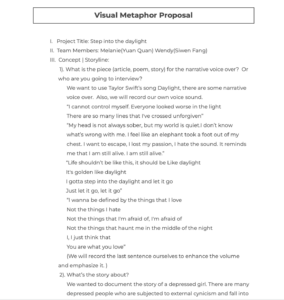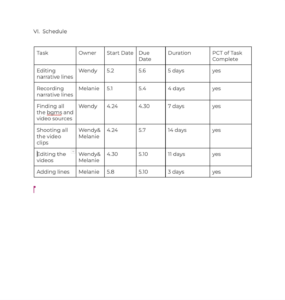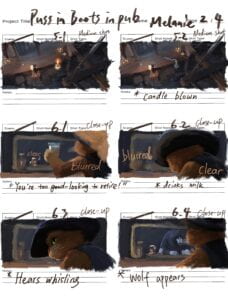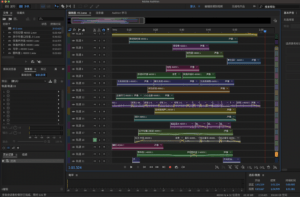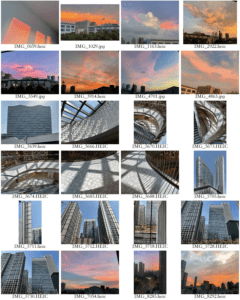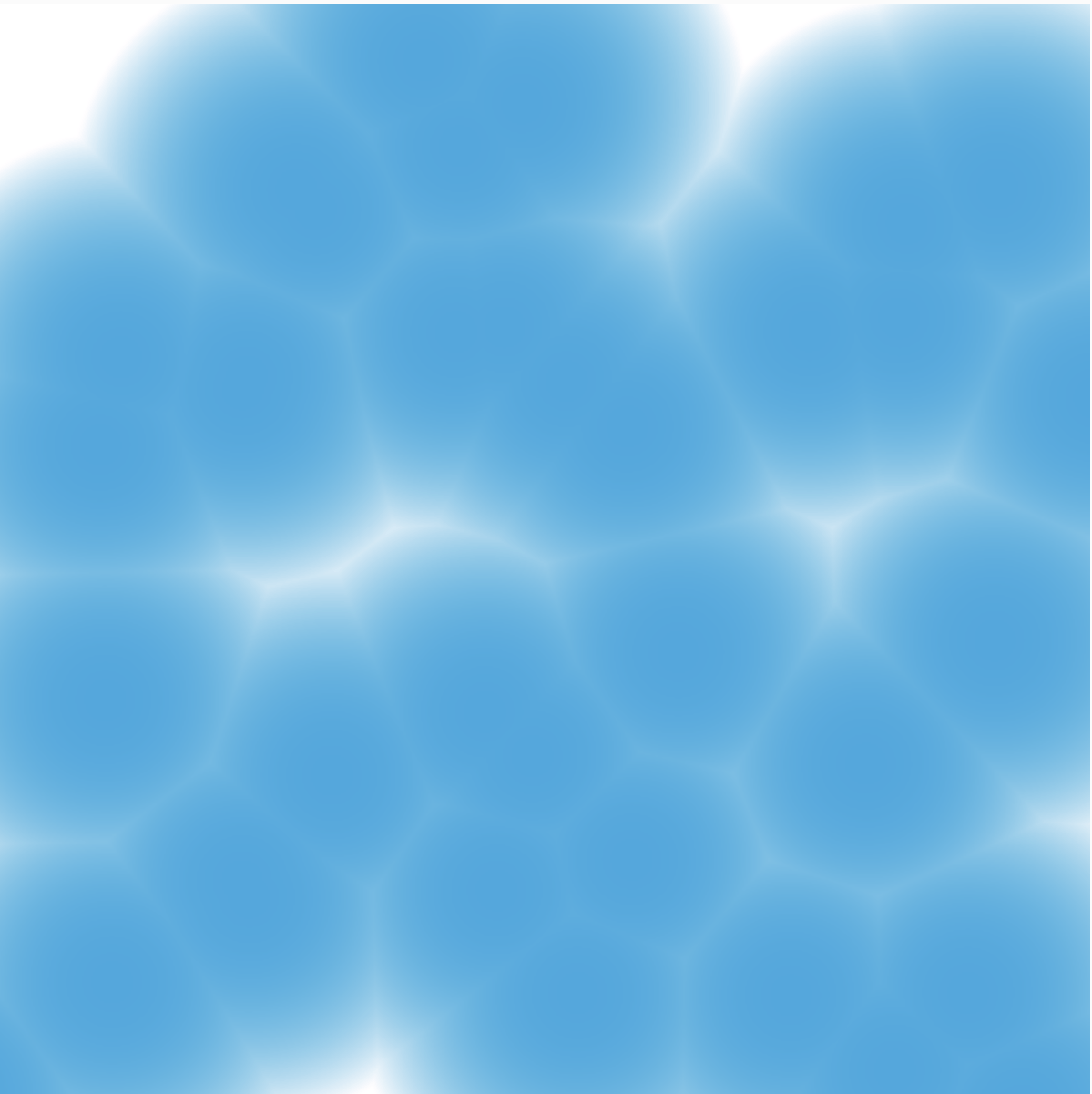
For this project I referenced this video I found online. I find making this project a very interesting one because besides applying what I’ve learned from the past week I also learned using pixel index and mathematical functions to create colors that resembles bubbly liquid.
I first started out creating the dots on a blue background that are in the middle of the “ripples”, using loadPixels () with a for loop. Then for colors, I used a graph generator to create suitable functions that would intersect the dot, which it’s position is when all the RGB is 225 white, and the values of the RGB’s respective functions’ intersection on the y axis combined is a blue. I had to also adjust the function modal that I choose and also the function and the velocity of the slop(?) of of the function, e.g. to make it steeper so that she shape or the lines of the reflection of the “ripples” would be clearer and more obvious. It is quite compicated for my level but I mostly followed along the video lol.
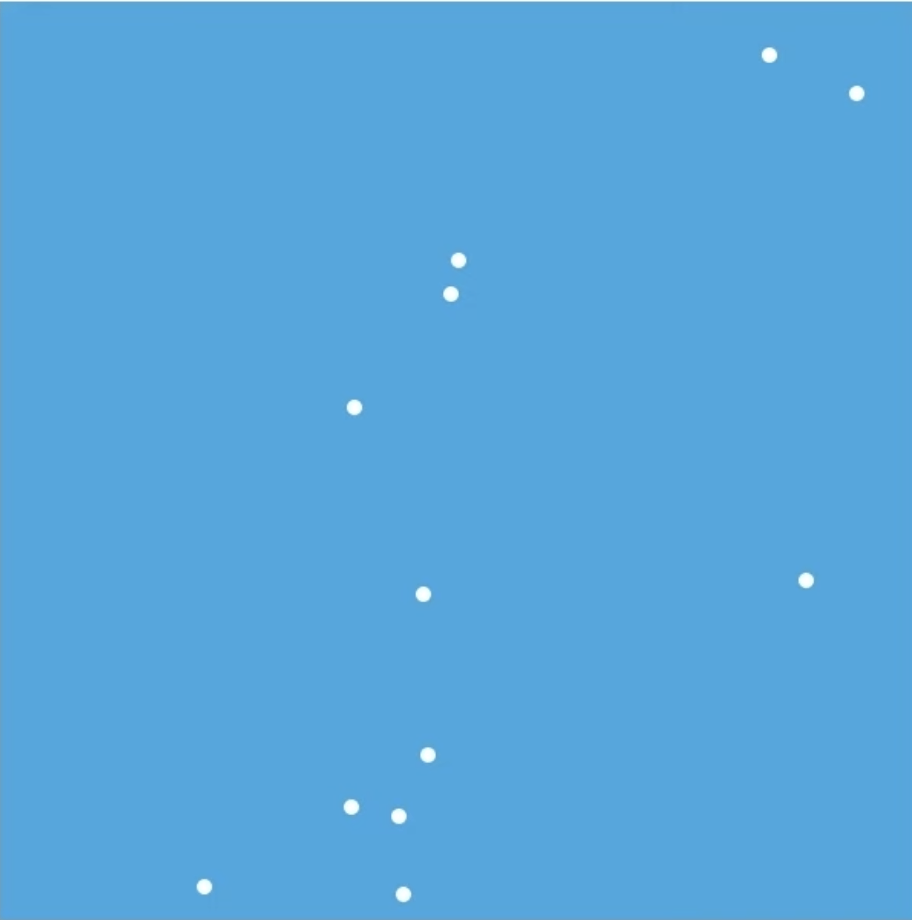




The biggest obstacle I encountered was to make a change to the velocity or the speed of the “ripple”. I tried many ways, but all failed (haha). I first tried to use a “shortcut” by using decay, but while the code is running fine, there’s no sign of the ripples slowing down at all no matter I value I use.
I then tried to use multiplier, but what I get is a black canvas.

I later tried using it on the vector, but then I get this weird image of the blue haze clustered together on the left upper corner and spread out through the canvas quickly and then running on repeat. I tried to fix it but only succeeded in changing the speed of the spread.

I then tried to make it interactive, make the x axis and y axis wave move asynchronously by changing the intensity of the two waves, and also making it more interactive by adding the mouse and the key to control it, but I kept getting “not declared” when everything seems to be in order.

So I finally gave up. While I was writing this I had an idea of adding a layer of bouncing hoops in random colors to mimic the swimming hoops in a pool, but my time was running out so did not incorporate this. If I had more time I would definitely give it a try. Disclaimer: the first three screenshots above is from the video because I forgot to take screenshot while the early stages of coding…
Here’s the link of the code.
Here is another color of the pool!

